‘This Week’ introduces non-round roundtable with a sharp look, better blocking

Subscribe to NewscastStudio for the latest news, project case studies and product announcements in broadcast technology, creative design and engineering delivered to your inbox.
ABC News moved New York-based editions of its Sunday morning public affairs program “This Week” to its new home in 7 Hudson Square.
Sharing space with “ABC World News Tonight,” “20/20” and, eventually, special event coverage inside of Studio 4E in the newly-opened Disney building in Hudson Square, the space uses elements from other shows produced in the space — but with some different takes.
First, the L-shaped anchor desk that “WNT” uses has been rotated approximately 45 degrees so that the corner that normally sits camera right is now pointing directly at the camera center shot.
In this arrangement, moderator George Stephanopoulos sits in the corner of the “L,” with an added desk piece resembling a right triangle popped in, which positions him farther away from the front of the desk than if he just sat in the corner.
Thanks to the diagonal arrangement and sharp point formed from the front-on view, the look has a strikingly powerful feel, which lends itself well to the notion of the sharp and to the point conversations “This Week” often showcases.
Overall, the new arrangement conjures images of a partial baseball diamond, boomerang or even a stealth fighter.
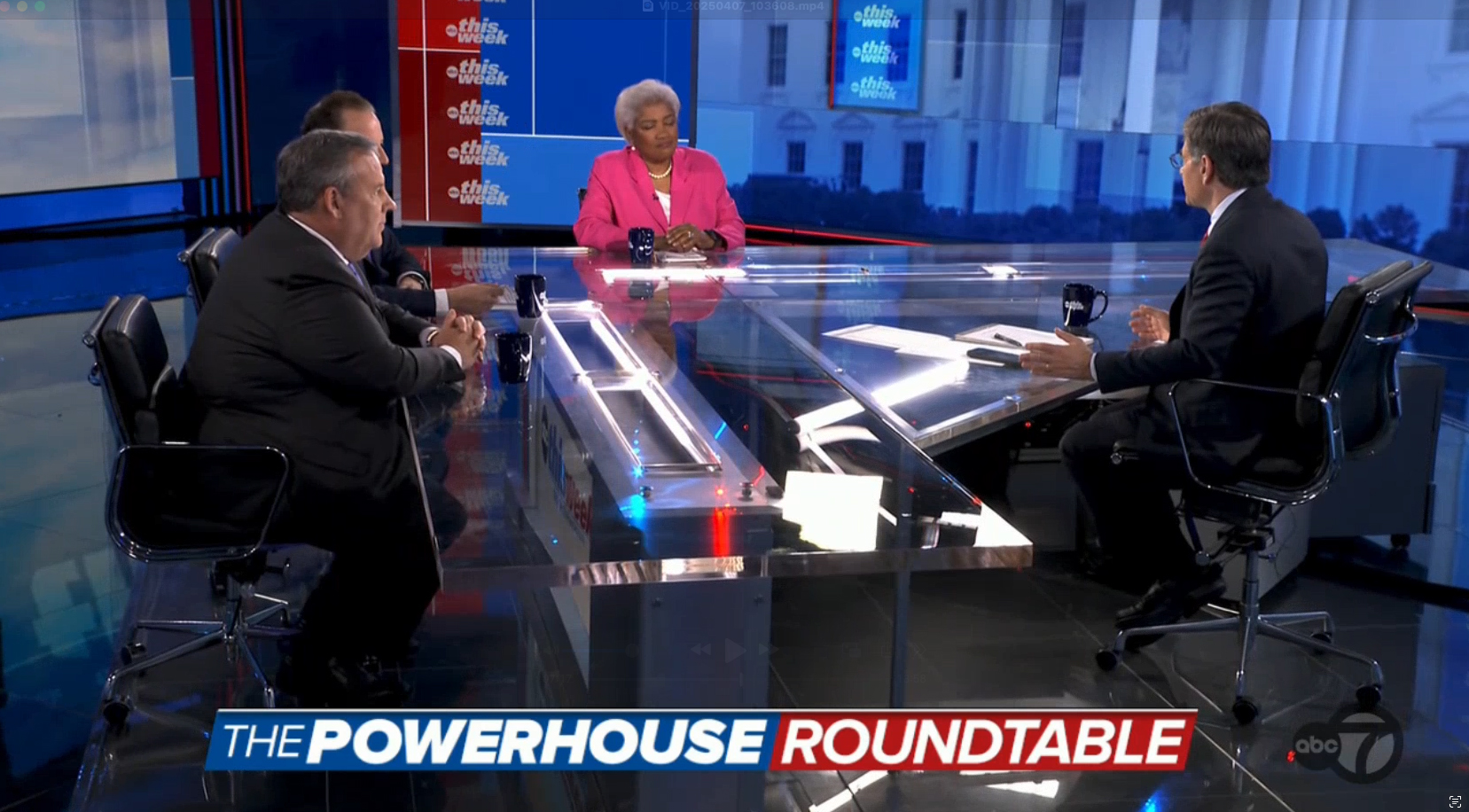

This arrangement is also used for the segment ABC brands as the “Powerhouse Roundtable,” though the “table” (or desk) in question no longer has much roundness to it.
Of course, nothing says a roundtable segment actually has to take place at a round table, since the phrase has morphed into a broad way to classify a panel-style discussion as opposed to a literal interpretation of the mythical piece of furniture of King Arthur lore.
That said, “This Week” had been using a series of tables and desks that were at least somewhat round in shape — though, in fairness, these could be more accurately described as half round.
“This Week” has used both the “Good Morning America” studio in Times Square as well as Studio TV3 back at the network’s now-former headquarters in Lincoln Center. “GMA” uses a similar half-round table for its hosts, which has been repurposed for “This Week” in the past. There are also some additional options in similar configurations, including one that had been shared by “This Week” and “GMA Weekend” in TV3 when the show shows share that space.
When in New York, the setup appears that it could fit at least four, or perhaps as many as six, guests on-set.
The non-round shape of the desk creates a layout that allows more eye contact with the moderator. Even with the tightly curved desks, the old look still felt like a sports studio show as opposed to a discussion segment.
ABC appears to be using the popular approach of leaving the cameras responsible for capturing guests parked out in the open and even showing up in wide shots, as opposed to attempting to hide them all in blinds.
Again, the shape of the rotated desk also appears to lend itself well to cleaner shot blocking of guests — and largely avoids having to attempt to shoot in between people’s shoulders as many political shows have used in the past.
Although no Washington, D.C.-based editions have aired since the April 6, 2025, debut of the new “This Week” set, versions from that studio have the option of both a smaller round desk for the host or bringing in additional curved segments to make way for roundtable guests.
ABC upgraded its Washington studios with large swaths of LED elements back in 2021.
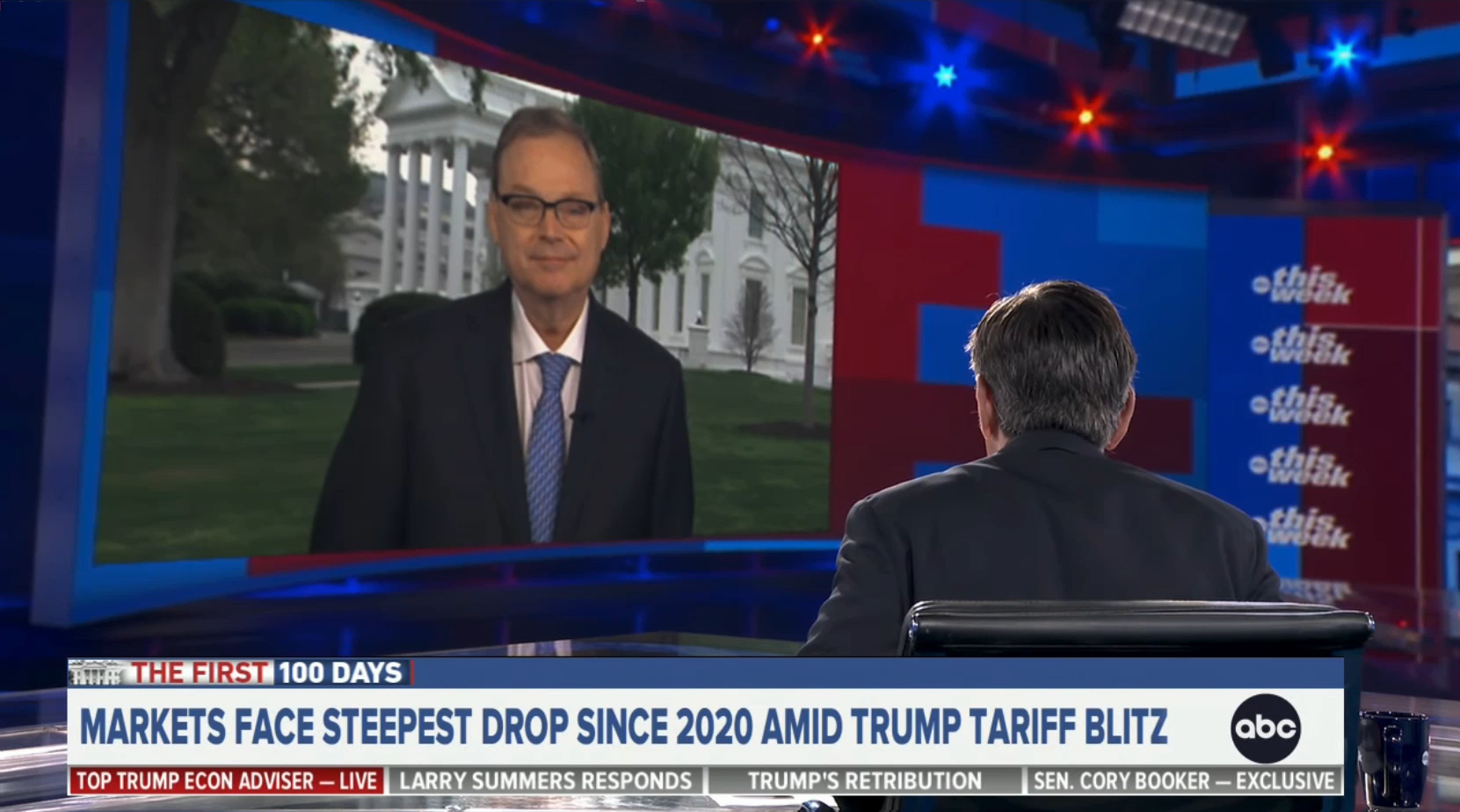

Along with the desk change, “This Week” also uses a reverse shot that simulates the idea that Stephanopoulos is facing a video wall with a picture of the remote guest in question.
During the April 6 edition, a studio operations source tells NewscastStudio that Stephanopoulos is actually looking at a flat screen that faces the front of the desk, showing a virtual recreation of the primary wall of the studio and the guest’s image. The remote feed is inserted on top of that by the control room. The idea is to eventually get the remote shot to curve along with the simulated wall behind it, but that’s still a work in progress, the source says.
No significant changes were made to the show’s graphics, music, open or other elements, though some video wall looks appear to have been updated and modified to better fit the LED installations in 4E.
The new studio was designed by ABC set designer Seth Easter, with lighting design by Dennis Size of The Lighting Design Group. Fuse Technical Group provided AV integration using LED from DetaiLED Solutions. These credits also apply to “WNT” and “20/20” because of the multifunction setup of the space.
Select editions of “This Week” are typically produced from New York to help accomodate Stephanopoulos’ schedule, since he’s usually needed the following week for “GMA.” Other editions are broadcast from Washington, typically hosted by co-anchors Martha Raddatz and Jonathan Karl on a rotating basis. These shows still sport the “with George Stephanopoulos” in the graphics, with Raddatz or Karl receiving billing in the announce instead.
CBS’s and NBC’s “Face the Nation” and “Meet the Press” are both typically produced from Washington most weeks, though both shows can be done from either on-the-road locales or New York, particularly for shows coinciding with major political coverage.
Subscribe to NewscastStudio for the latest news, project case studies and product announcements in broadcast technology, creative design and engineering delivered to your inbox.


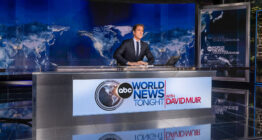
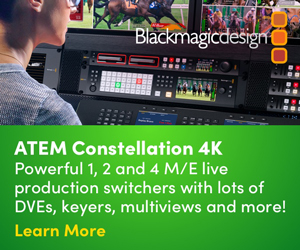
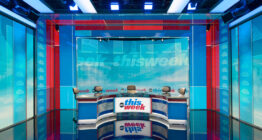
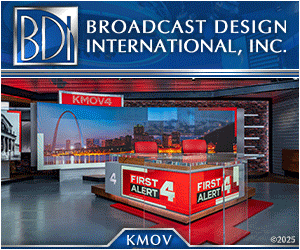

tags
7 Hudson Square, ABC, ABC News, ABC Studio 4E, Fuse Technical Group, Hudson Square, Seth Easter, this week, Video Walls
categories
Broadcast Design, Broadcast Industry News, Heroes, Network Sunday Public Affairs Shows, Set Design